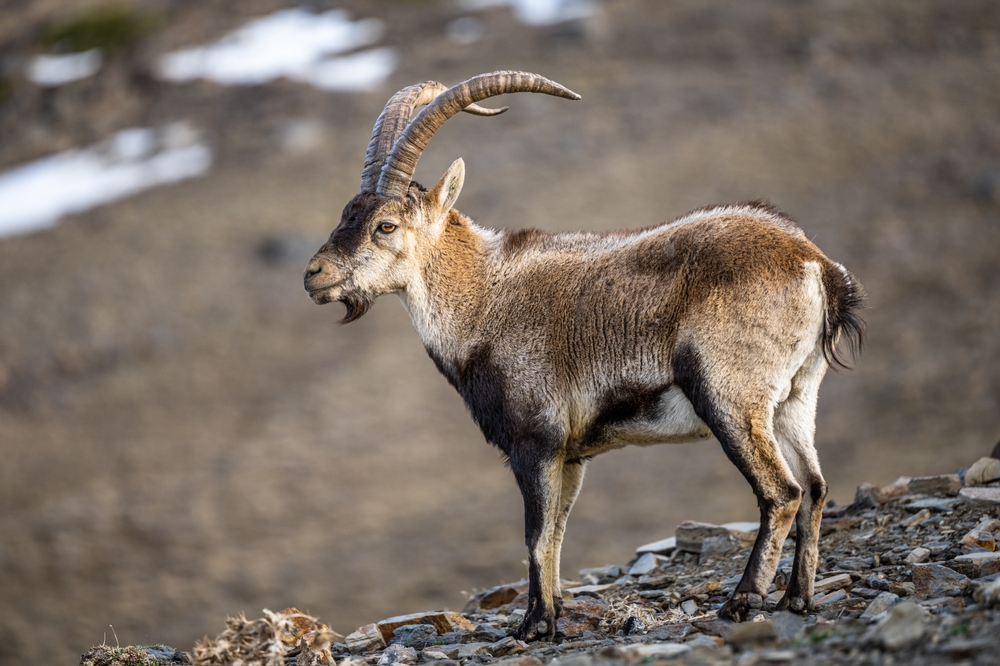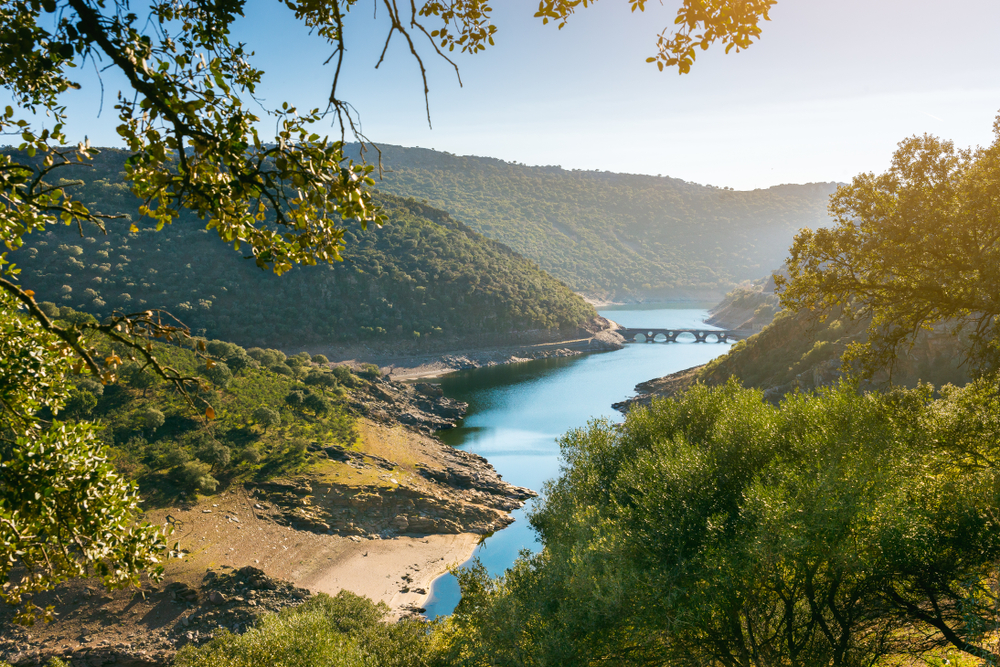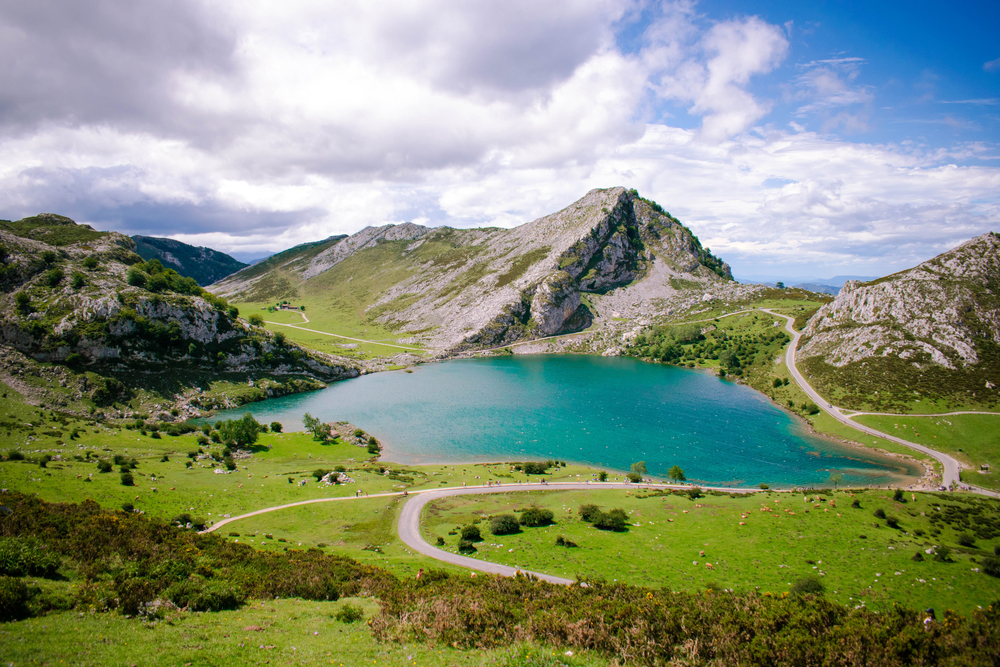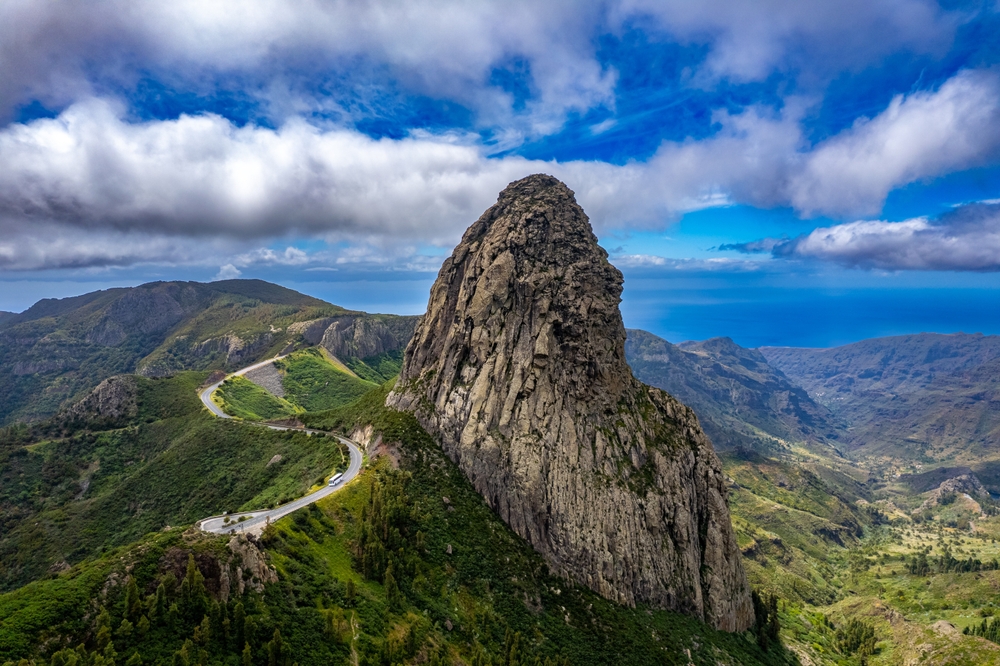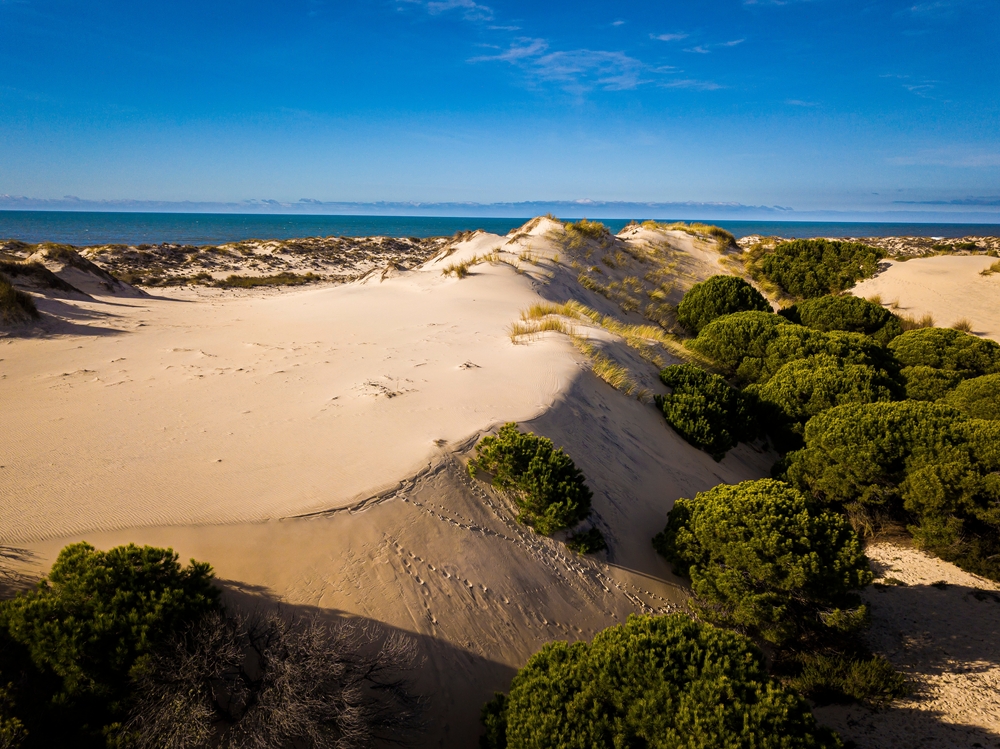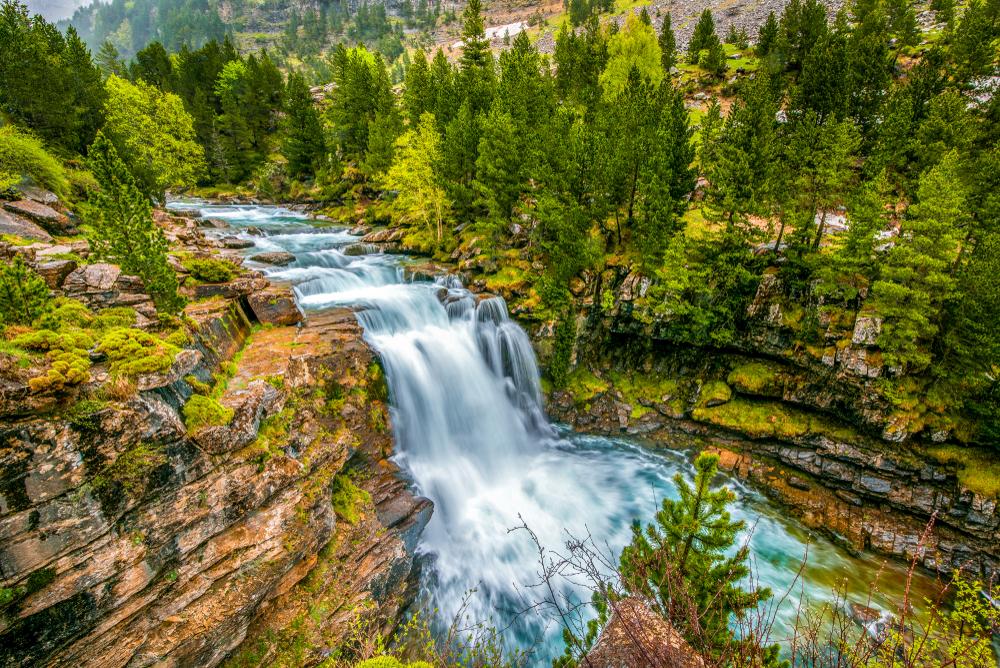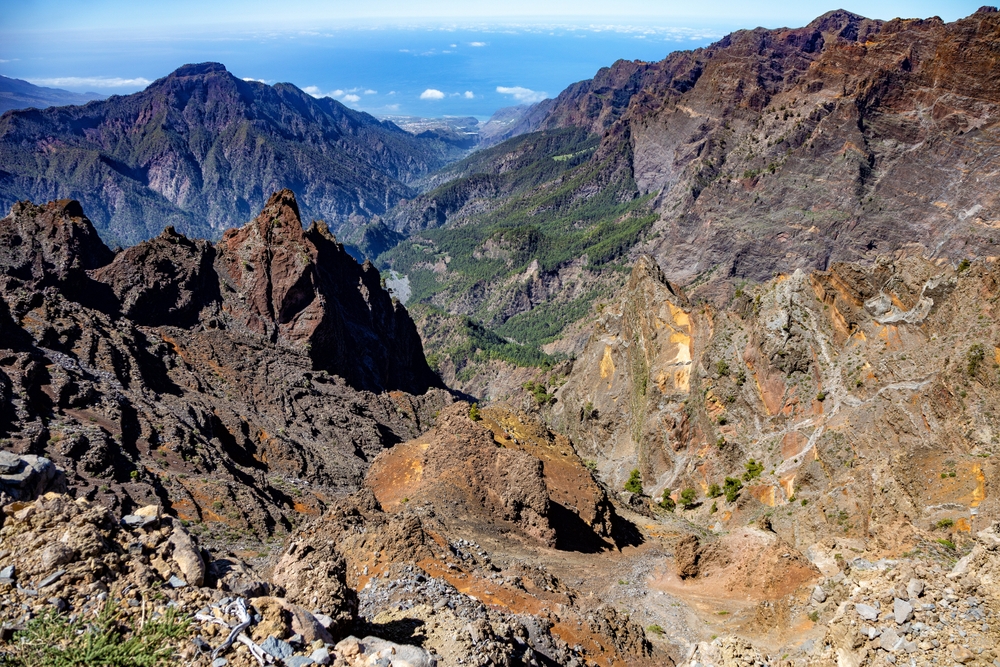Sierra de las Nieves Overview
Sierra de las Nieves National Park, known locally as Parque Nacional Sierra de las Nieves, is a stunning natural area located in southern Spain, within the province of Málaga, Andalusia. Covering approximately 116 square miles (300 square kilometers), this park is part of the larger Serranía de Ronda mountain range.
It was designated as a national park in 2021 due to its exceptional biodiversity, dramatic landscapes, and ecological significance. The park is situated near the Costa del Sol, making it an accessible yet pristine escape for visitors looking to experience the rugged beauty of Andalusia’s interior.
The terrain of Sierra de las Nieves National Park is characterized by deep gorges, towering limestone peaks, and extensive forests. Its highest point is La Torrecilla, which rises to an elevation of 6,296 feet (1,915 meters), offering breathtaking views of the surrounding region.
The park features a unique karstic landscape, with caves and sinkholes that add to its geological intrigue. The vegetation is diverse, with dense Mediterranean forests covering much of the park.
One of its most iconic plant species is the Spanish fir (Abies pinsapo), a rare and ancient tree that has survived since the Ice Age and is found almost exclusively in this region. Other notable flora include holm oaks, cork oaks, and a variety of aromatic shrubs that thrive in the park’s mountainous terrain.
Sierra de las Nieves National Park is home to a rich array of wildlife, making it a paradise for nature enthusiasts. Mammals such as the Iberian ibex, wild boars, and red deer roam the rugged landscape, while smaller species like the genet and badger can also be spotted. The park is particularly renowned for its birdlife, with golden eagles, peregrine falcons, and griffon vultures soaring above the cliffs and valleys.
The presence of these raptors highlights the park’s importance as a sanctuary for birds of prey. Additionally, amphibians and reptiles, including the Mediterranean chameleon and various species of toads and lizards, contribute to the park’s diverse ecosystem.
Visitors to Sierra de las Nieves National Park are drawn to its natural beauty and the variety of outdoor activities it offers. Hiking is one of the most popular ways to explore the park, with well-marked trails leading through forests, up mountain ridges, and into hidden valleys.
The ascent to La Torrecilla is a favorite challenge for those seeking panoramic vistas. Caving is another thrilling activity, as the park is home to deep chasms like the GESM chasm, one of the deepest caves in Europe. Rock climbing, mountain biking, and birdwatching are also common pursuits for visitors who wish to immerse themselves in the park’s rugged landscape.
Conservation efforts in Sierra de las Nieves National Park have been focused on preserving its unique flora and fauna, particularly the endangered Spanish fir. Strict regulations are in place to minimize human impact, and the park’s designation as a UNESCO Biosphere Reserve further underscores its ecological value.
Challenges remain, including the threats posed by climate change, forest fires, and habitat fragmentation, but ongoing efforts by conservation organizations and local authorities aim to ensure the long-term protection of this remarkable natural area.








































































